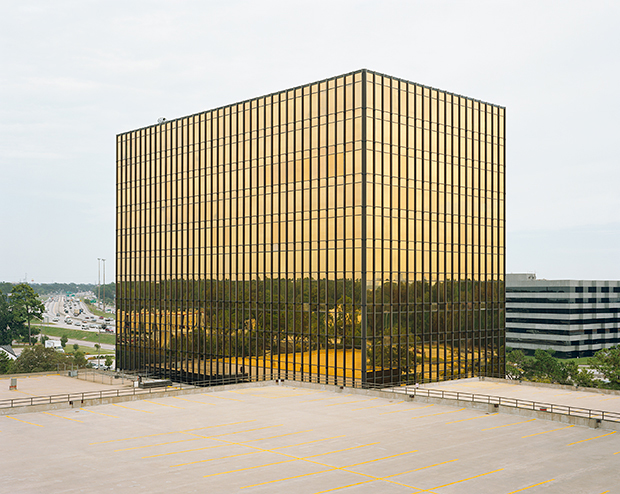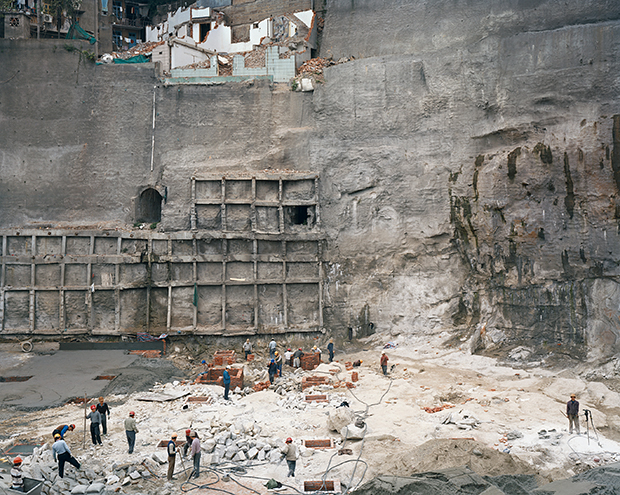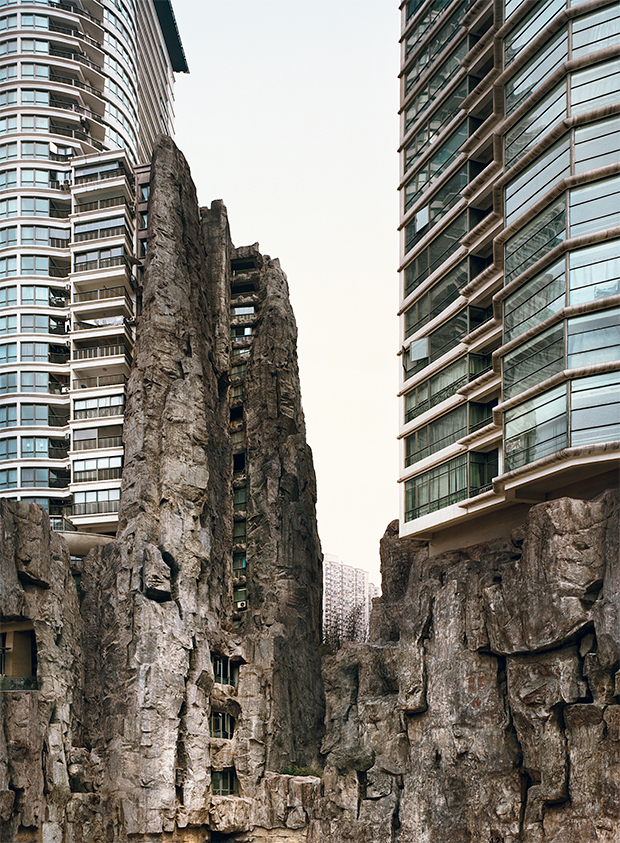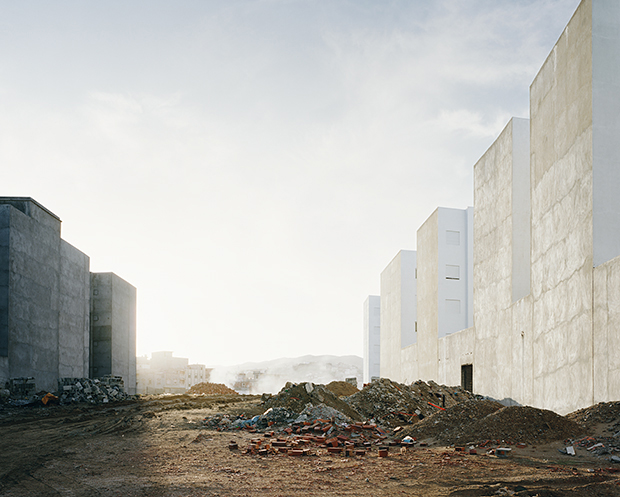
How Bas Princen explains architecture in images
The Shooting Space photographer on recording places where urban expansion meets nature's contraction
We thought it was high time we posted another of the interviews we did around our great new Shooting Space book. You may have already caught our previous stories with the book’s author Elias Redstone and some of the photographers featured in it, including Hélène Binet, Iwan Baan, Nadav Kander and Stephen Shore. As you know, we caught up with each of them at the launch of the Constructing Worlds Barbican show – a sort of sister show to the book. While we were there we also spoke to Bas Princen who also features in Shooting Space.
Princen trained as an industrial designer at the Design Academy Eindhoven and as an architect at the Berlage Institute in Rotterdam. However, he turned to photography as a tool to research the various forms, outcome and possibilities of landscapes in transformation. His work focuses on the edge of cities, unremarkable places where the urban expansion meets the contraction of nature.

Looking at Princen's photos it can often be hard to discern where building and landscape begins and ends. The composition and themes of his images often reference archive images by photographers such as Albert Renger-Patzsch and Asahel Curtis and in his work he likes to document the impact of economic factors on the landscape and how what we perceive to be natural actually alters over time.
His image, Ring Road (Fnideq/Ceuta), featured in Shooting Space, with its smoking rubble and debris and the rational white blocks on top of it, is apparently a pivotal one. “It is our future and our history,” he says, “and we are stuck somewhere in the middle.”
“I actually studied architecture,” Princen told us at the Constructing Worlds launch. “I’m not an engineer, I’m not allowed to build, but I did study a post-graduate course for architecture. I did research into phenomena that are shaping the city and while I was studying I was already photographing. We had visits from photographers like Gabriele Basilico and Armin Linke.

"They were always in the school, and they were much better at explaining architecture and how the city is growing and how the city is responding to certain things. And I realized that you can contribute to the world of architecture without being an architect and that gave me a lot of courage to understand that photographs could have that role. From that day I started photographing more and more and now that’s all I do.”
We wondered what does he look for and try to represent in any image of a building? “I’m interested in the idea why a building exists. When an architect designs something he needs an initial idea and, somehow, this idea can be read back in the building. I’m interested in finding that initial idea – whether it’s a real one doesn’t matter – and to bring it back into architecture. I like to make the images as singular as possible, so that only one thing can happen in the image. I don’t like to have big contrasts because, in a sense, I think it’s one story."
Faced with the difficulties of documenting reality - often in harsh environments - Princen says he doesn’t really try. The photographs are real, the sites are real, but by editing them in a certain way they become representative of a fictional city.

"It doesn’t matter if it’s Dubai, or Oman or Cairo - in a way it’s the same force that’s shaping it. Ultimately the image has to work as an image," he says. Describing the docmentation process as a constant "fight" and the images he chooses to share with the world "endstations" he views each published image as little more than a route to the next.
"They're important in that I have to find a way to continue. Where do I go now? For me, that is always the most important, most interesting question. I like to make and to go forwards. I think that’s still my architect’s instinct inside of me. I think architects are always looking forward to the new, to what’s coming what’s ahead and how to get there.”
Shooting Space, authored by curator and writer Elias Redstone, centres on the photographic response to contemporary architecture as seen through the lenses of Iwan Baan, Hélène Binet, Luisa Lambri, Hiroshi Sugimoto and Thomas Struth among others. You can find out more about the photographers in Shooting Space here. And if you're in London anytime soon, you'll find information about Constructing Worlds at the Barbican here.